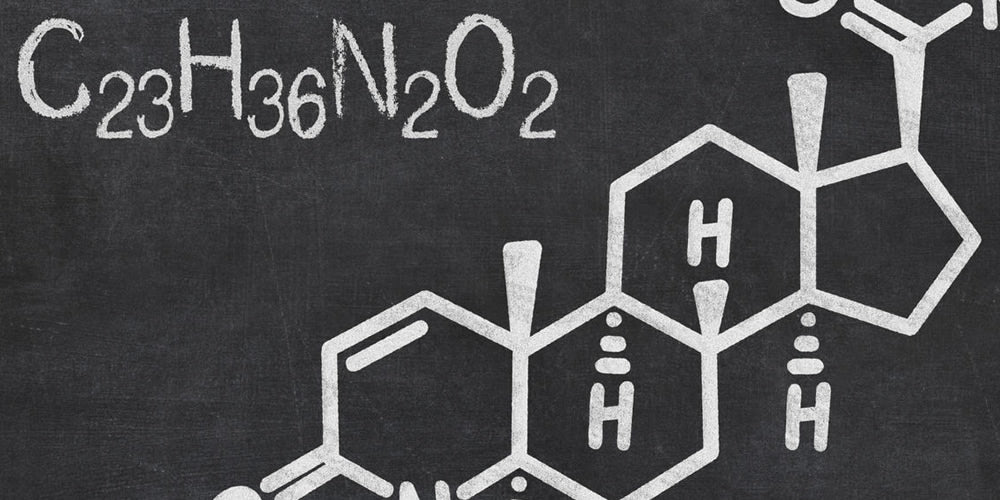Propecia (Finasteride) for treating hair loss
04Dec

Finasteride, has been used to treat hair loss since 1997 but this wasn’t it’s original use. Generic Propecia, which contains finasteride, was developed in 1992 for the treatment of enlarged prostate glands (or benign prostatic hyperplasia) but the developer discovered an unusual side effect of the drug. Patients taking Propecia started to grow hair and by dropping the dose to 1mg, researches found it helped to correct male pattern baldness. When it was first released onto the market for hair loss treatment over 400,000 men in the United States alone were receiving prescriptions for propecia and taking the drug daily.
Although the developers provided the early users with a list of sexual side effects, it was later found that they had not released all the information they should have. It was found that Propecia has a number of sexual side effects as well as other health risks. On top of all this, they failed to mention that the side effects would not cease after patients stop taking the drug, leaving them with a decreased libido, erectile dysfunction and ejaculation disorder for approximately 40 months after stopping treatment. The other Propecia/finasteride side effects include rashes, itching, hives, breast enlargement, depression, testicular pain, male breast cancer and infertility.
Propecia is a 5a reductase inhibitor, used to treat DHT related conditions such as male pattern baldness and enlarged prostate. DHT is a hormone the body creates from testosterone and can induce male pattern baldness and enlarged prostate. DHT binds to receptors in hair follicles on the scalp, making them shrink and eventually become unable to grow healthy hair. The result of this is a thinning or reduction of the hairline or an all over thinning of the hair for women. Interestingly, hair follicles on the back and side of our heads are genetically resistant to DHT, which explains the common pattern many men see when experiencing male pattern baldness. When taking Propecia for hair loss, within 24 hours the concentration of DHT declines to 65% and the full effects can be seen in approximately 3 or more months.
It is important to mention that the research behind the links between Propecia and the sexual side effects is not completely definitive but how the drug works makes the connection between the two very plausible. Finasteride (the active ingredients in Propecia) lowers the levels of DHT in the body which is largely responsible for sexual activity and development.
Although the developers provided the early users with a list of sexual side effects, it was later found that they had not released all the information they should have. It was found that Propecia has a number of sexual side effects as well as other health risks. On top of all this, they failed to mention that the side effects would not cease after patients stop taking the drug, leaving them with a decreased libido, erectile dysfunction and ejaculation disorder for approximately 40 months after stopping treatment. The other Propecia/finasteride side effects include rashes, itching, hives, breast enlargement, depression, testicular pain, male breast cancer and infertility.
Propecia is a 5a reductase inhibitor, used to treat DHT related conditions such as male pattern baldness and enlarged prostate. DHT is a hormone the body creates from testosterone and can induce male pattern baldness and enlarged prostate. DHT binds to receptors in hair follicles on the scalp, making them shrink and eventually become unable to grow healthy hair. The result of this is a thinning or reduction of the hairline or an all over thinning of the hair for women. Interestingly, hair follicles on the back and side of our heads are genetically resistant to DHT, which explains the common pattern many men see when experiencing male pattern baldness. When taking Propecia for hair loss, within 24 hours the concentration of DHT declines to 65% and the full effects can be seen in approximately 3 or more months.
It is important to mention that the research behind the links between Propecia and the sexual side effects is not completely definitive but how the drug works makes the connection between the two very plausible. Finasteride (the active ingredients in Propecia) lowers the levels of DHT in the body which is largely responsible for sexual activity and development.
